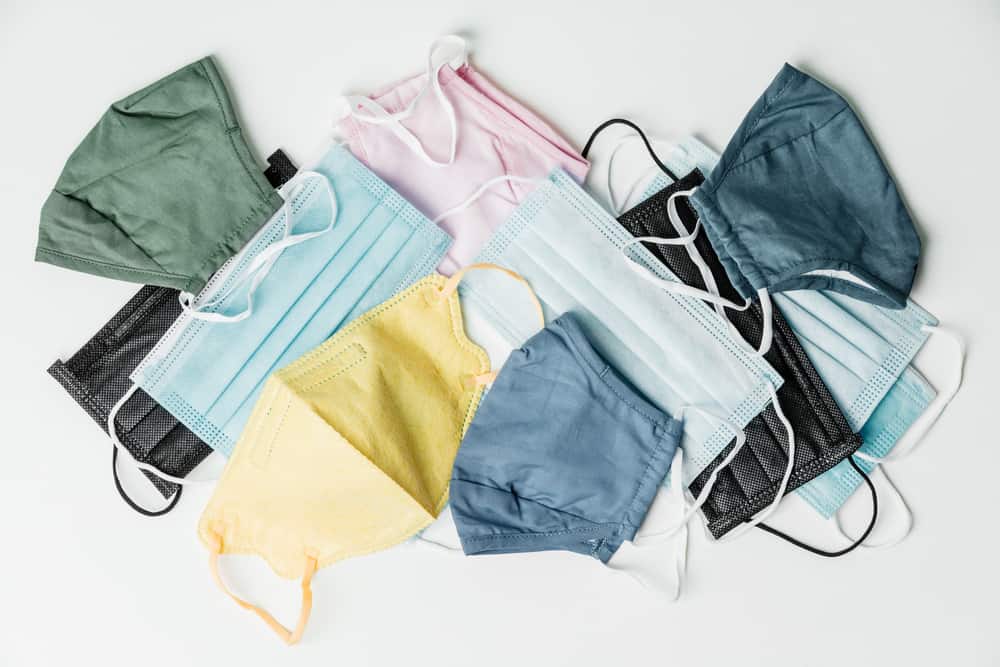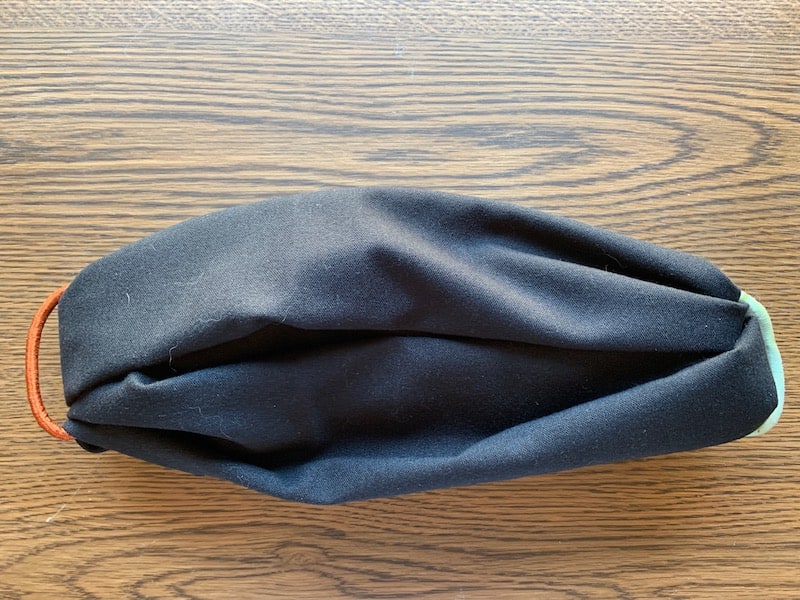
On April 3rd, the Centers for Disease Control advised wearing cloth face coverings when you need to be in public. And on June 5th, the World Health Organization revised their advice, saying that people should wear face masks anywhere that social distancing is not possible.
The face masks offer some protection to you, but they primarily offer protection to the people around you, in case you have contracted coronavirus but do not know it yet.
The cloth face masks are to be used in addition to the other very important measures that you should already be practicing:
- When in public, stay six feet from other people.
- Wash your hands frequently.
- Don’t touch your face.
There are many DIY instructions for making your own face covering from items you have around the house, but the CDC provides a video that is all you really need to look at, if you don’t sew. We will add some more videos below, about making face masks.
This method requires nothing but a bandana (or a piece of cloth around 22×22 inches) and two rubber bands. Note that the rubber bands will go around your ears, which isn’t too comfortable for extended periods of time, so this can be further motivation to keep your time in public to an absolute minimum!
Disclosure: it took me a full hour to find two rubber bands in my house. Who knew that rubber bands would be essential materials during this time? But it turned out just fine. I’m the least handy person in the world, so if I can do this, anyone can.
Also, make sure to use tightly woven fabric. Don’t use quilted or perforated fabric. Hold it up to the light. The less light that gets through, the better.

It’s not in the video, but on their tutorial page, they recommend tucking a coffee filter in the material, to offer additional filtering.
The CDC also offers instructions on sewing face masks, or making a no-sew one from an old t-shirt, on that same tutorial page.
Important notes about wearing a face mask
Wear it properly
The face mask should cover both your nose and your mouth.
Don’t get complacent
As time goes on, don’t allow yourself to relax your other safety measures, including staying at home, maintaining a six-foot distance from other people, washing your hands frequently, and avoiding touching your face.
Remove it safely
When you get home, remove it from the ear loops, not the cloth part.
Wash it frequently
We will be washing ours after every use. Since we’re hardly ever going out in public, this is not that frequent. We’ll be washing it in the washing machine, with hot water. If we use the no-sew kind (like in the above video), we’ll remove the rubber bands before washing.
Wash your hands
After taking it off and throwing it in the washing machine, wash your hands thoroughly.
More DIY Face Mask Tutorials
Here are some more tutorials, both for no-sew and sew face masks.

Nancy says
Thankyou for a very complete article on facemasks and reminders from the CDC. Your article had everything I needed today in one spot. Excellent article.
Eric Westman says
This is one of the best pieces on practical masks! Wonderful job.
Can you also add our grassroots effort to Donate a Bandana for Others, we have a drop off box at 705 Watts Street, Durham. I would like to expand to Triangle area.
I have 1000 home made masks being made by local sewists (who are laid off but being paid to make masks) for the Durham homeless. But bandanas are easier!
My email ecwestman@gmail.com
Phone 9193609405
Dr Eric Westman
There is also North Carolina Fask Mask Warriors, Triangle COVID-19 Mask Makers Facebook groups
This is urgent!